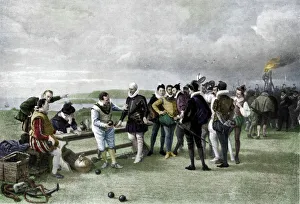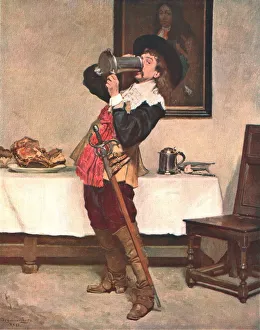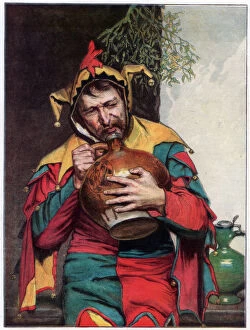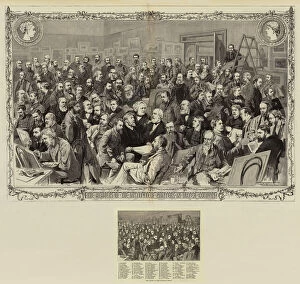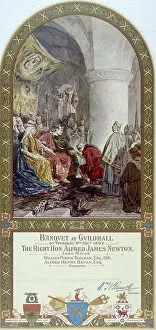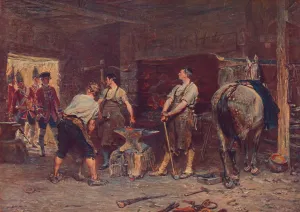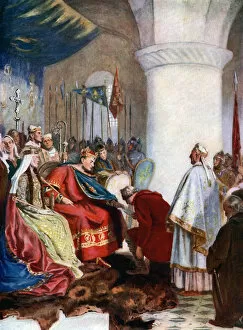Seymour Lucas Collection
Seymour Lucas, a renowned artist of the late 19th and early 20th centuries, left an indelible mark on the art world with his captivating works
All Professionally Made to Order for Quick Shipping
Seymour Lucas, a renowned artist of the late 19th and early 20th centuries, left an indelible mark on the art world with his captivating works. From "Down to the Dregs" in 1880 to "The Armada in sight, Plymouth hoe" in 1880, Lucas showcased his talent for capturing historical events with remarkable detail. In "Though Lost to Sight to Memory Dear" from 1879, he tugged at our heartstrings by depicting sentimental moments frozen in time. Lucas's versatility as an artist is evident through pieces like "The First Attack, " where he collaborated with unknown creators to create a powerful image that resonates even today. His contributions extended beyond painting; he was also recognized as a member of the Institute of Painters in Water-Colours and owned exquisite items such as the Oak Chest and Oak Inlaid Nonesuch Chest. A glimpse into Seymour Lucas's life can be seen through various portraits captured over time. One such photograph showcases him personally, revealing a man dedicated to his craft. His passion for history shines through works like "A Whip for Van Tromp, " which depicts an intense moment at Admiralty. Not limited to historical scenes alone, Lucas ventured into other subjects too. He beautifully illustrated significant moments like William I granting charter to London citizens and provided glimpses into architectural marvels such as Royal Exchange (3rd) interior. As years went by, Lucas continued honing his skills and creating masterpieces that would stand the test of time. In "The Standard Bearer" from 1903, he depicted strength and valor while exploring themes of patriotism. And finally, in "Silenced" from 1908, we witness his ability to evoke emotions through poignant imagery. Seymour Lucas's artistic legacy remains alive today due to his dedication towards capturing history's essence on canvas.

